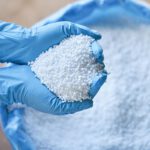Diammonium phosphate (DAP) is the world’s most widely used phosphorus (P) fertilizer. It is made from two common constituents in the fertilizer industry and it is popular because of its relatively high nutrient content and its excellent physical properties.
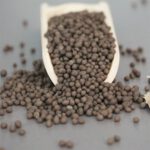
Monoammonium phosphate (MAP) is a widely used source of phosphorus (P) and nitrogen (N).* It’s made of two constituents common in the fertilizer industry and contains the most phosphorus of any common solid fertilizer.
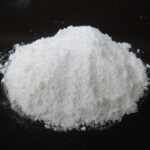
Nitrogen, phosphorus and potassium, or NPK, are the “Big 3” primary nutrients in commercial fertilizers. Each of these fundamental nutrients plays a key role in plant nutrition. Nitrogen is considered to be the most important nutrient, and plants absorb more nitrogen than any other element.
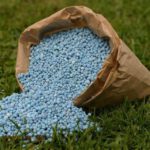
Single Super Phosphate – SSP. SSP is the most popular phosphatic fertilizer after DAP as it contains 3 major plant nutrients namely Phosphorus, Sulphur and Calcium along with traces of many micro-nutrients. SSP is indigenously available and supply can be made at short notice.
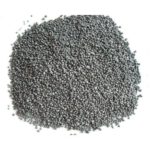
urea, also called carbamide, the diamide of carbonic acid. Its formula is H2NCONH2. Urea has important uses as a fertilizer and feed supplement, as well as a starting material for the manufacture of plastics and drugs. It is a colourless, crystalline substance that melts at 132.7° C (271° F) and decomposes before boiling.
